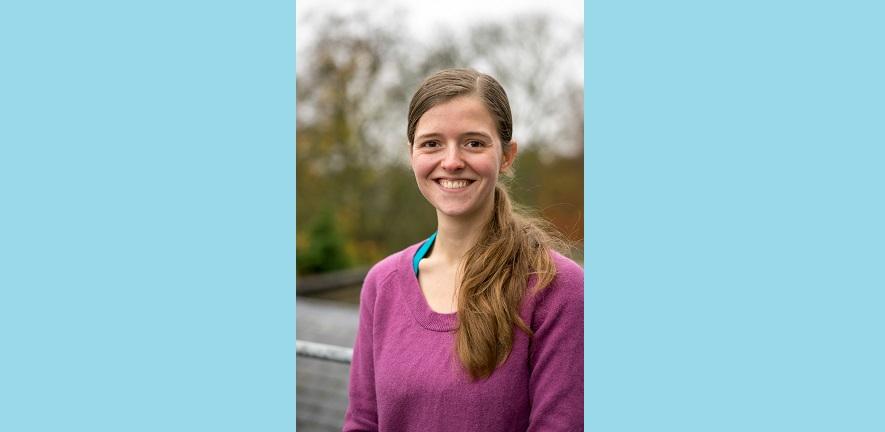
Date in FIBE: 2014-2020
Before joining FIBE: I was a Structural Engineer at Ramboll in Cambridge, working on some interesting buildings, including tall timber and vibration sensitive labs. Prior to this I studied Engineering at the University of Cambridge, specialising in Civil and Structural Engineering. My masters project focussed on the structural and geotechnical engineering aspects of refugee tents.
PhD thesis: Confined wrinkling of thin elastic rods, sheets and cones.
I investigated how thin sheets of material of different shapes buckle and wrinkle when confined, exploring this using theoretical, computational and experimental methods. Applications of such lightweight structures exist in civil engineering, but also in aerospace and automotive engineering. My MRes project was very different, focussing on tall modular buildings.
Why did you join FIBE?: I pursued a PhD as I wanted to focus on something technical as well as have the freedom to work independently. The FIBE CDT program in particular allowed me to take time in figuring out what this technical project would be, as I did not have a specific area I wanted to focus on from the start.
How did it help you?: Apart from obtaining the PhD itself, being part of FIBE has helped me in many different ways. I was lucky to get the chance to explore many different research areas, and I really liked having this variety. A PhD also presents opportunities for teaching, which was another aspect I enjoyed. Furthermore, I made some great friends due to being part of a cohort; a traditional PhD could have been a lot more isolating.
What are you doing now?: I’m a Teaching Assistant at the Department of Engineering at Cambridge. I started during the COVID-19 pandemic and have mostly been involved with adapting undergraduate labs to be COVID secure or remote. I also teach directly – demonstrating labs and supervising undergraduates.
Contact: pst29@cantab.ac.uk

